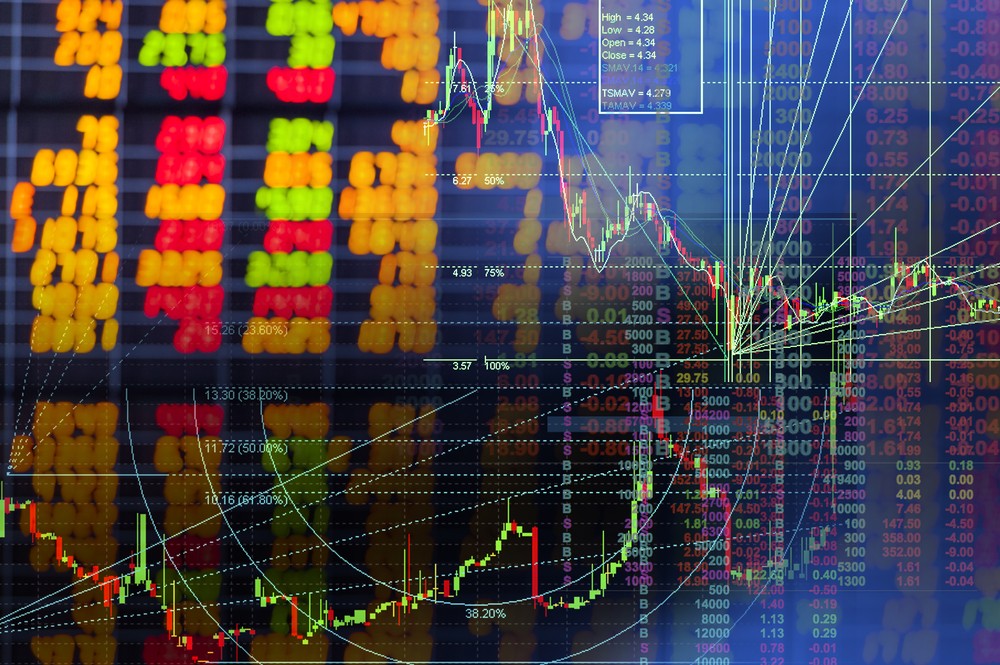Gold trading has long been an attractive avenue for investors and traders, offering a haven in economic uncertainty. MCX gold and silver futures in the domestic market show downward trends, reflecting recent fluctuations in precious metal futures. This article delves into the current state of gold trading, highlighting key market facts and international trends that shape the landscape of this precious metal.
Gold Trading in the Domestic Market
MCX gold futures have decreased 0.36 percent, amounting to a reduction of Rs 214 at Rs 59,868 per 10 grams. Throughout the trading day, the price of gold fluctuated between Rs 59,841 and Rs 59,930. Similarly, silver futures also experienced a decline of 0.42 percent, or Rs 317, settling at Rs 75,110 per kg. These fluctuations in the gold price per kg and silver prices in the domestic market indicate the volatility of the precious metals industry.
International Market Overview
Focusing on the international market, COMEX gold traded at $1,999.4 per ounce. Meanwhile, spot gold also witnessed a 0.21 percent dip, at $1,961.3 per ounce. These figures illustrate the correlation between the domestic and international gold markets. Also, the latter reflects minor adjustments in response to global economic conditions.
As a result of these fluctuations, individuals who own gold may find themselves contemplating whether to sell gold bars or other gold items. The current 9ct gold price may influence such decisions, with potential sellers monitoring the market to maximize profits.
In conclusion, as the landscape continues to evolve, keeping track of key market indicators such as the gold price per kg and 9ct gold price becomes crucial. Aspiring gold traders and seasoned investors should carefully assess risks and rewards before entering the trading activities for success. Staying informed on market developments and global economic factors empowers individuals to confidently navigate gold trading for financial success.










COMMENTS